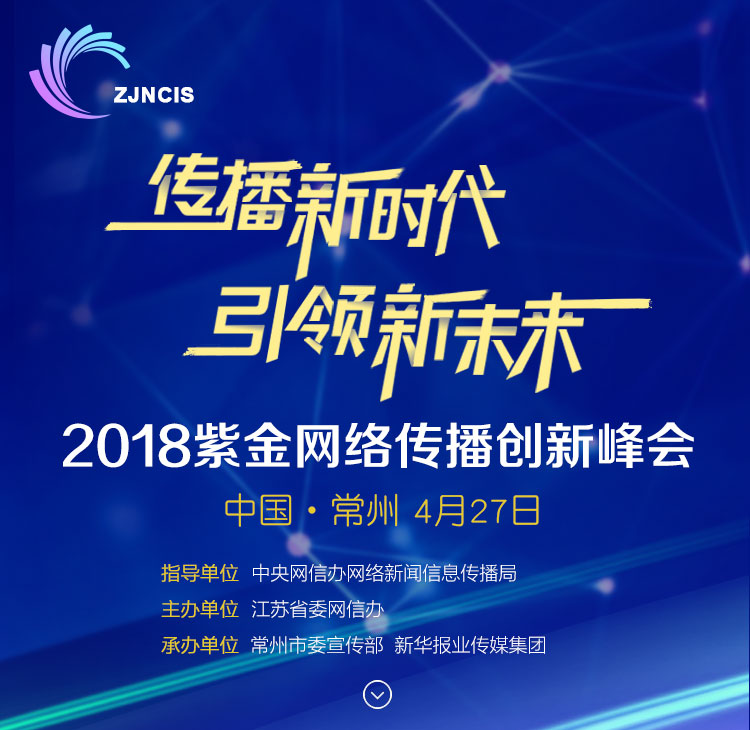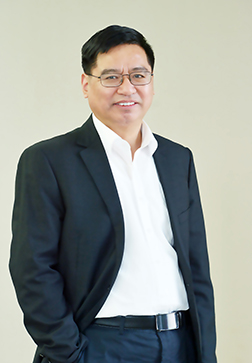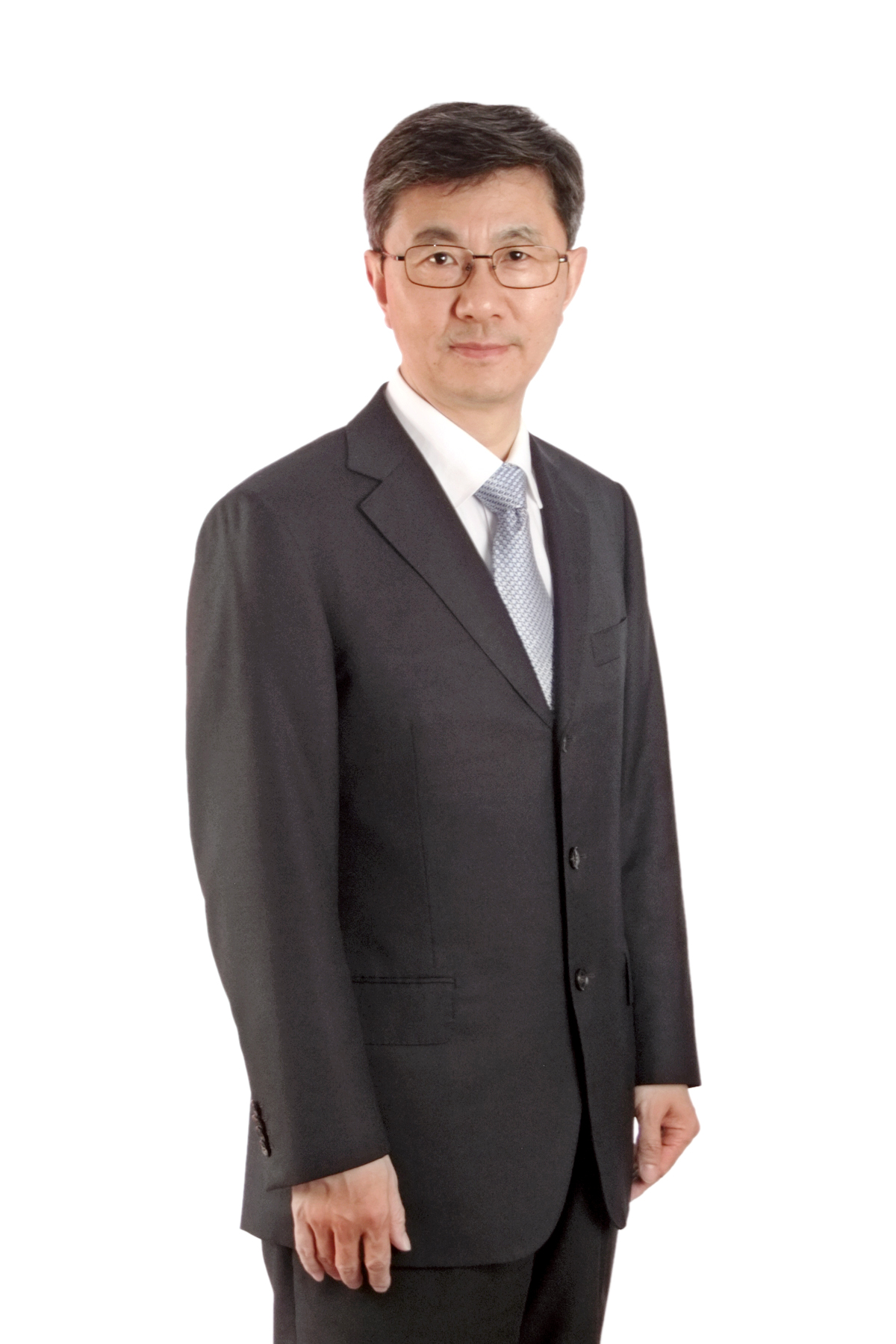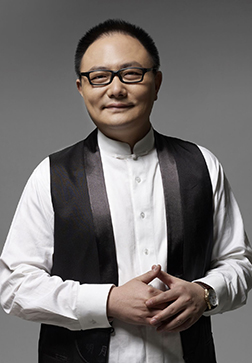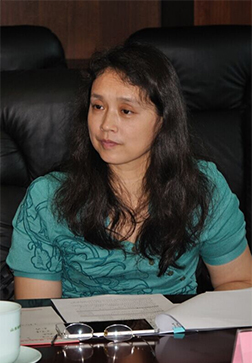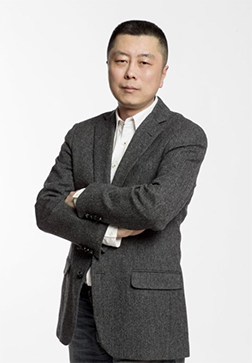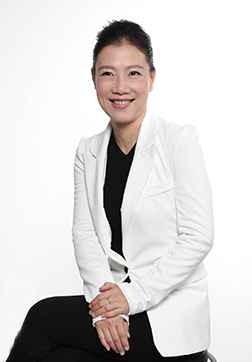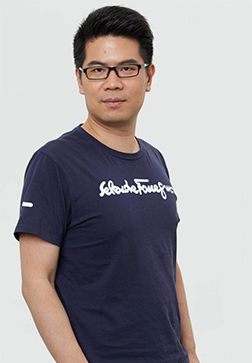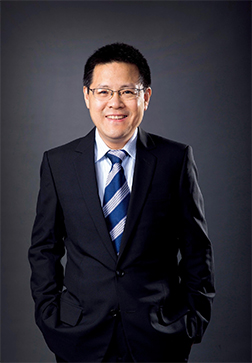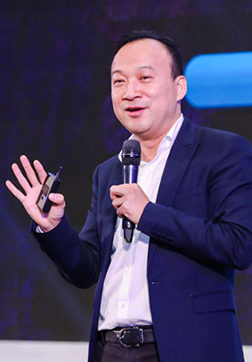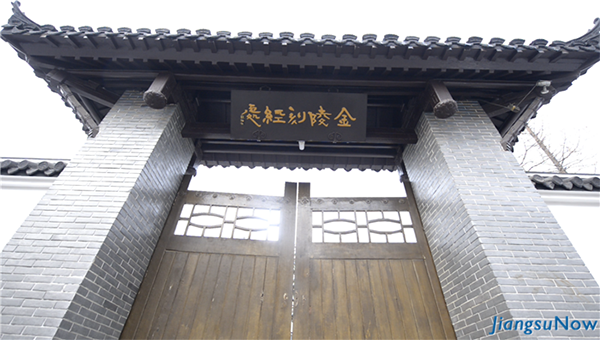
There is something wonderful about seeing a carved wood block of Buddhist text. Somebody spent a lot of time carving the words out with their own hands - a week or so for one page of text and years for some of the longest sutras.
In an age where short, pointless texts can be pounded out with no thought and spread in seconds on social media platforms, it is comforting to see that some people still put thought and literal craftsmanship into creating works of art to spread a message. One of those artists of texts is Deng Qingzhi.
Deng Qingzhi, who has 27 years of experience engraving, is the master engraver at the Jinling Buddhist Scripture Publishing and Study Center. Founded by Yang Renshan in 1866 in a beautiful traditional-style courtyard building south of Xinjiekou, it is the largest publishing center for Chinese Buddhist sutras in wood form.
Deng Qingzhi said that engraved block printing is full of art and cultural value. It preserves a tradition that originated in the Tang Dynasty. Most of the products are Buddhist texts, sutras, and images of Buddhist deities, but the technique can be used to depict anything. For the event “A Feast of Intangible Cultural Heritages”, Deng Qingzhi led foreigners from five countries in making prints of Chinese New Year greetings based off of woodblock carvings she had carved.
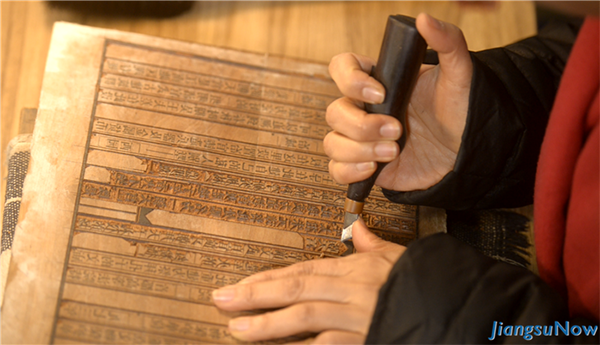
The foreigners were very interested. They said they had not seen things like this in their homelands. Saurei Joshua, who is from Vanuatu, said, “I had heard about engraved block printing, but I had not seen it before, and I was wishing to see and experience it. It was very meaningful to me. This event allows me to learn more about Chinese culture. I am here not only to study but also to experience all that this country has to offer.”
The foreigners appreciated Deng Qingzhi coming out to teach them about the process and let them try doing the printing with their own hands.
As an American, I also found it very interesting. America doesn’t have anything like this. Coming from a young nation, I am interested in so many aspects of Chinese culture. America has only existed for less than 250 years, half as long as the Han Dynasty. When the Jinling Buddhist Scripture Publishing and Study Center was founded, America was just one year removed from the Civil War. Often in China, I see cultural relics that are older than my home country.
Content publishing has gone through technological innovations like the printing press, moveable type, photocopiers, laser printers, and now digital publishing. While printers made the process quicker, they also introduced new problems. The February 2018 issue of the American magazine The New Yorker includes a whole feature article on paper jams as a representative example of the kinds of inevitable flaws any new mechanized process introduces. And printers are impersonal, their product devoid of meaning, as well. Social media has introduced the problem of lies and fake news propaganda (foreign and domestic) spreading unabated.
There is something valuable in maintaining an old, erudite process of publishing, using real hands and creating lasting product sharing timeless wisdom.
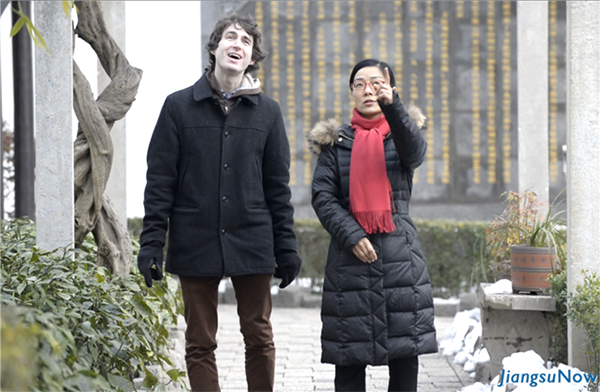
In an age where short, pointless texts can be pounded out with no thought and spread in seconds on social media platforms, it is comforting to see that some people still put thought and literal craftsmanship into creating works of art to spread a message. One of those artists of texts is Deng Qingzhi.
The foreigners appreciated Deng Qingzhi coming out to teach them about the process and let them try doing the printing with their own hands.
